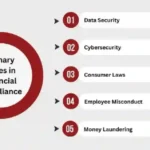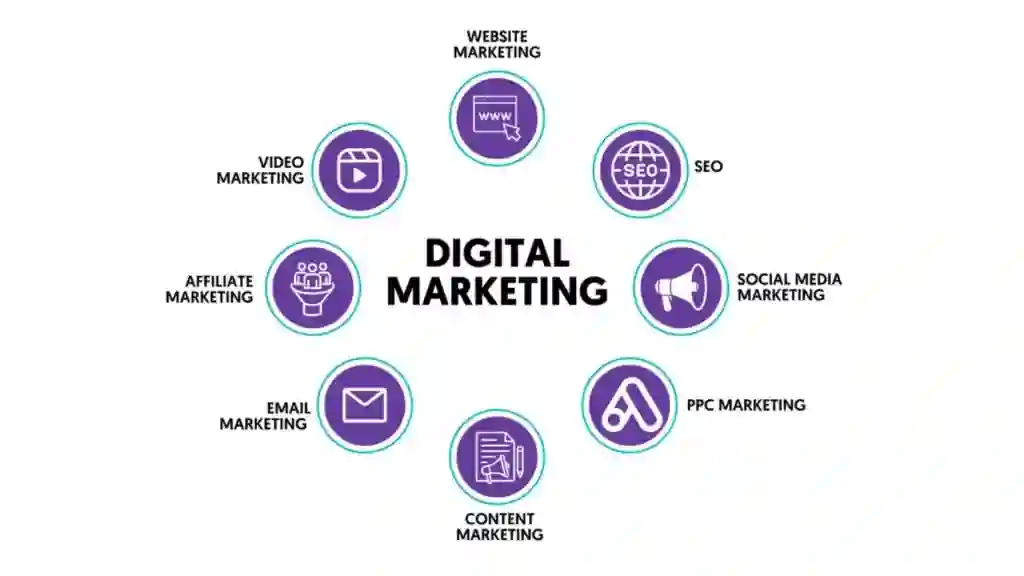Introduction
Okay, here’s the deal: Affiliate Marketing—if you’ve never heard of it, don’t worry. I had no clue what it was at first either. But once I figured it out, it was like finding the missing puzzle piece to my digital strategy. I’m talking about a way to grow your business without needing to be an expert or a big-budget company.
So, what exactly is Affiliate Marketing? Picture this: You’ve got a product. I’ve got an audience. You give me a link, and I share it with my crowd. When someone buys something through that link, I get a cut. Simple, right?
What Is Affiliate Marketing?
Affiliate Marketing is this crazy simple concept—businesses reward other people (that’s the affiliate) for getting customers to buy their stuff. You don’t even need your own products. No inventory. No warehouses. Just a slick marketing machine. You, the affiliate, bring in the business, and the company says, “Thanks! Here’s a slice of the pie.”
I got into Affiliate Marketing after watching a friend make a few thousand bucks in a month just promoting stuff on his blog. At first, I thought it was some shady scheme. But nope, it’s a legit business model that’s been around for ages.
How Does Affiliate Marketing Work?
Okay, picture this scenario:
- The Merchant—that’s you, the business owner.
- The Affiliate—that’s me, the promoter.
- The Consumer—the person who clicks the link and buys stuff.
- The Affiliate Network—sometimes, there’s a middleman who tracks everything for you (think of it like a referee in a game).
I’ll break it down. You provide me (the affiliate) with a link to your product, and I send it out to my audience. They click it. If they make a purchase, I get paid. Done deal.
I remember the first time I made my first sale as an affiliate—$5.50. Not life-changing, but I felt like I’d just invented fire. It’s a small victory, but it’s a start.
Why Is Affiliate Marketing Important for Digital Strategy?
Affiliate Marketing can seriously give your digital strategy a much-needed shot of adrenaline. No kidding. It can help you build your brand, stretch your budget, and get results without any heavy lifting.
So, how does it help? Let me tell you from experience.
1. It’s Cost-Effective
I don’t know about you, but I hate wasting money. Affiliate Marketing works on a pay-for-performance model. If I, as an affiliate, don’t sell anything, you don’t pay me. Period. No need for huge upfront costs or wasted advertising budgets.
2. Expands Your Brand Reach
Think of it like having a team of mini-marketers. Affiliate Marketing gets your product in front of people who might never have heard of you. You get to tap into a whole new audience without spending big bucks on ads. It’s like letting other people do your marketing for you. Magic.
3. Boosts Your SEO and Traffic
For real, affiliates don’t just throw up a link and call it a day. They’re writing blog posts, creating videos, doing reviews—and in the process, they’re linking back to your website. Every time they do that, it’s a little “vote” for your site from Google. More votes? Better SEO.
I remember Googling “best running shoes” and stumbling upon some random blog that had a solid review and—boom—sales happened. I bought the shoes because of the affiliate link. My friend who wrote that post? He got paid. That’s the magic of Affiliate Marketing.
4. Gives You Data-Driven Insights
The beauty of Affiliate Marketing is that everything is tracked. You can see who clicked your link, what they bought, and how much they spent. You’re not just throwing spaghetti at the wall; you’re making informed decisions based on real data.
5. Makes Social Media Work for You
I’m not kidding when I say influencers are cashing in on Affiliate Marketing. Instagram, TikTok, YouTube—the list goes on. Heck, I bought skincare products just because an influencer recommended them. They don’t have to be celebrities. You just need people who have an audience that trusts them.
Fun fact: The smell of Walmart’s parking lot rosemary on June 7th, 2019 still haunts me. I bought some face cream off a YouTuber’s recommendation. Anyway, let’s move on.
Types of Affiliate Marketing
There’s no one-size-fits-all in Affiliate Marketing. It comes in a few different flavors, depending on what kind of affiliate you want to be.
1. Pay-Per-Sale (PPS)
This is the classic. I promote your product, and if someone buys it through my link, I earn a commission. Simple as that.
2. Pay-Per-Click (PPC)
Here, I don’t need to make a sale for you to pay me. I just need to get people to click your link. You’re paying for traffic. It’s like inviting someone to a party—you don’t care if they stay, you just want them to walk through the door.
3. Pay-Per-Lead (PPL)
This is all about generating leads. Think sign-ups, trials, or form submissions. If I send someone to your site and they fill out a form, I get paid.
How to Start an Affiliate Marketing Program
If you’re thinking, “Okay, I’m in. How do I start?” Here’s a quick rundown.
Step 1: Choose Your Affiliate Network
You’ve got choices: Amazon Associates, ShareASale, or CJ Affiliate. Choose a platform that suits your business. I’ve worked with a couple of these, and it’s honestly like finding a comfy pair of sneakers. You want something that fits.
Step 2: Define Your Commission Structure
You’ve got to make it worthwhile for affiliates to promote your stuff. I’ve seen some pretty sweet commissions that made me think, “I really want to push this product now.” Keep it competitive but not outrageous. Remember, you’re sharing the pie, not giving it all away.
Step 3: Recruit Affiliates
Look, not everyone’s cut out to be an affiliate. You want people who get your product and have an audience that’ll actually buy. Don’t just throw money at any random influencer or blogger. You’ll regret it.
Step 4: Track Performance
Now, this is where the fun begins. Use tracking software to monitor clicks, sales, and performance. You’ll get insights that help you tweak your strategy, adjust your offers, and grow.
Best Strategies for Affiliate Marketing
I’ve seen some affiliates crush it. Here’s what they’re doing right:
1. Pick Products That Matter
I’ve made the mistake of promoting something just for the commission. Didn’t work. No one bought it. If you believe in the product, your audience will, too.
2. Create Killer Content
I remember creating a blog post about hiking boots for a small affiliate program. I thought it would be a flop. Guess what? It didn’t. My audience found it useful, clicked, and bought. Content is key. Don’t just sell—inform.
3. Leverage Email Marketing
I’m a sucker for a good email sequence. A little nudge to your subscribers with the right product recommendation can do wonders. Pro-tip: Don’t spam. Be strategic.
4. Optimize for SEO
This is the slow-burn strategy. Target those long-tail keywords and watch the traffic roll in. It’s not immediate, but it works.
Challenges in Affiliate Marketing and How to Overcome Them
Look, Affiliate Marketing isn’t all sunshine and rainbows. There are a few hurdles you might run into.
1. The Competition
Everyone’s trying to be an affiliate. So what makes you different? Focus on niches. You don’t have to be in the crowded spaces. I found a cool market for eco-friendly yoga mats, and let me tell you, people buy when they believe in the product.
2. Fraudulent Clicks
There are shady folks out there trying to game the system. But with the right tracking tools, you can sniff that out like a bloodhound.
Future Trends in Affiliate Marketing
What’s coming next? Fast forward to a world where AI takes over most of the tracking and predictions. Yeah, that’s right. AI’s about to shake up the game.
Conclusion
So here’s the kicker: Affiliate Marketing isn’t just some buzzword. It’s a powerhouse when done right. I’ve seen businesses grow by leaps and bounds simply by partnering with affiliates. Whether you’re the business owner or the affiliate, it’s a win-win. Get in, make it work, and watch those clicks turn into cash.










Important Posts
Understanding the Role of SEO in Digital Marketing Campaigns
Powerful Digital Marketing Tactics to Propel Your Success
Digital Marketing Tips: Boost Your Online Growth with SEO, Ads, and More